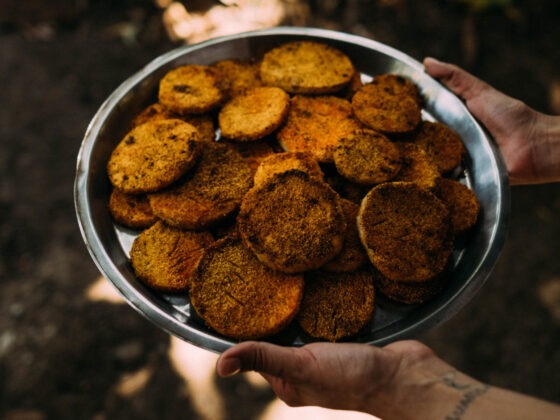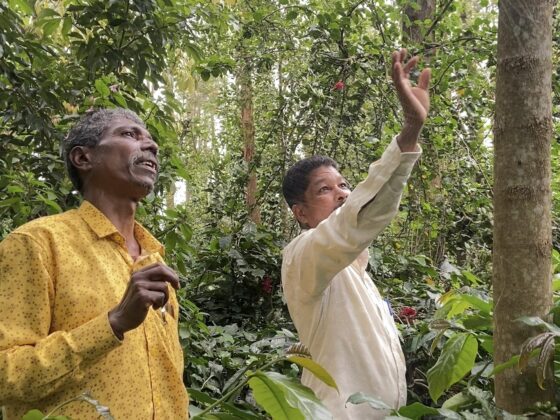Led by co-founders who belong to the mountainous region of Uttarakhand, Valley Culture works to preserve traditional food practices and uphold livelihoods in the region.
In the sequestering valleys of the Himalayas, surrounded by ghost villages created by urban migration, several communities hold on to their homes on the rough terrains of Uttarakhand, where pastoral livelihoods are threatened by unforeseen cloudbursts and the looming climate crisis. Amid such challenges, Robin Nagar and Shikha Prakash strive to preserve and document this region’s food practices and culinary heritage through their Dehradun-based venture, Valley Culture.

With a primary focus on the revival of lost traditions, they source and sell products from the hills that represent their ideology: from cultured ghee and native spices to Himalayan red rice and gharat ka atta.


Valley Culture has its beginnings in a personal story of the cofounders from a few years ago when Shikha persuaded Robin to make changes to his diet to reverse health issues he was struggling with. She recommended that he replace oil and other fats with cultured ghee, and thus their journey of eating began. Cultured ghee went on to become Valley Culture’s first product.
Journeying kilometres through the valleys of Uttarakhand, Valley Culture visits farms on rough terrain, often battered by flash floods. However, they know that these very valleys hold some of the most fertile soil and pure air, nurturing flavourful produce.


The hamlets abound with nuances of each family’s culinary traditions, individual cultures, and food practices, like pisyun loon, or flavoured salt, is unique to each home in the valley. To make this, women pound salts with spices, herbs, and aromatics of their choice.
“A woman, who was often subjected to domestic abuse by her husband, found that there was great demand for her green chilli pisyun loon. It helped her gain financial independence, and as its popularity rose, her husband became one of her employees,” Shikha shares. The red chilli variation of the loon is available on the Valley Culture website.
A product from the region, gharat ka atta, is ground in stone mills using water. As they process the kernels into flour, the mills also generate electricity, which is distributed to the entire village.


Concerned about the changing trends and homogenisation of Uttarakhandi food into momos and noodles, Shikha worries about the loss of the region’s original food culture. As global curiosity about local foods increases, this dichotomy of trends and native foods continues to blur lines today. With Shikha’s Ayurvedic expertise, Valley Culture has been studying their products from the perspective of health benefits and talking to the locals about the benefits of consuming their produce, before selling what they can spare.


Over the years, the duo has built strong bonds with the pahadis, enjoying insightful conversations that have been mutually beneficial. For example, Valley Culture found that storage in Dehradun is often an issue. Hearing of this, the farmers offered to create collective storage spaces within their villages from which the harvest is now transported to Robin and Shikha through state-run buses—an efficient procurement chain that minimises the risk of pest infestation.
During an exchange with Robin, certified bee farmer Rajender talked of the irony of urban-educated youth returning to agriculture, while farmers’ children move away from their roots, seeking green pastures in bigger towns and cities. He asked Robin to speak to his children, and persuade them that agriculture was lucrative and that joining their father’s bee farming business was a good career choice.

When asked about their vision for Valley Culture, the co-founders share, “We started Valley Culture to retain the locals with ample opportunities, thereby preventing urban migration. With time, more and more farmers are returning to their ghost villages to start farming again. Our Himalayan food is nothing but today’s wholesome superfood.”
To read more about Valley Culture and their practices and efforts, check out our producer page here. This is a paid partnership with Valley Culture. We strive to keep the practices of a producer transparent and honest across all forms of partnerships.




